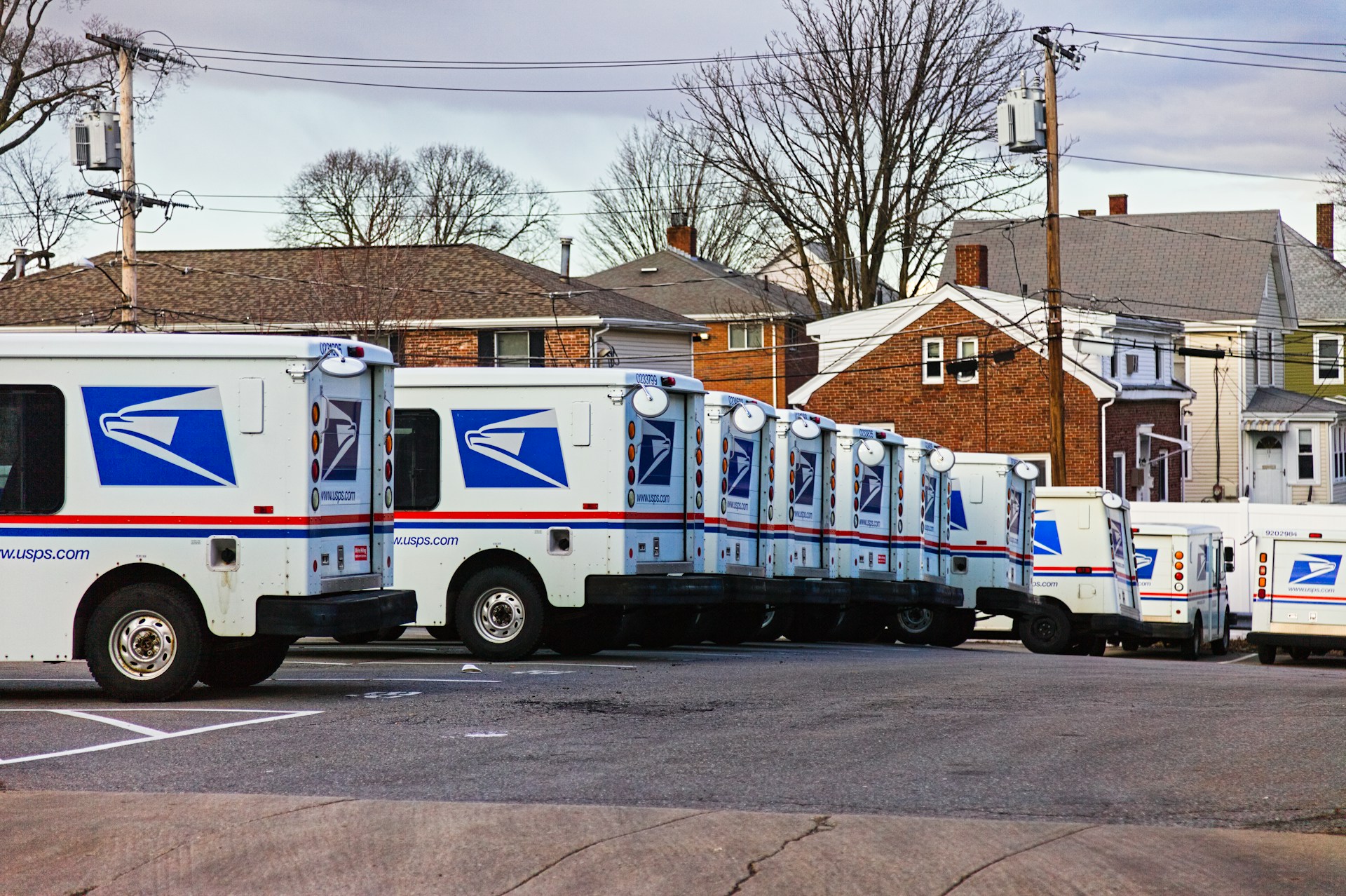U.S. News
USPS Revamps Delivery System: Inside the $36 Billion Cost-Cutting Plan
By Jake Beardslee · April 8, 2025
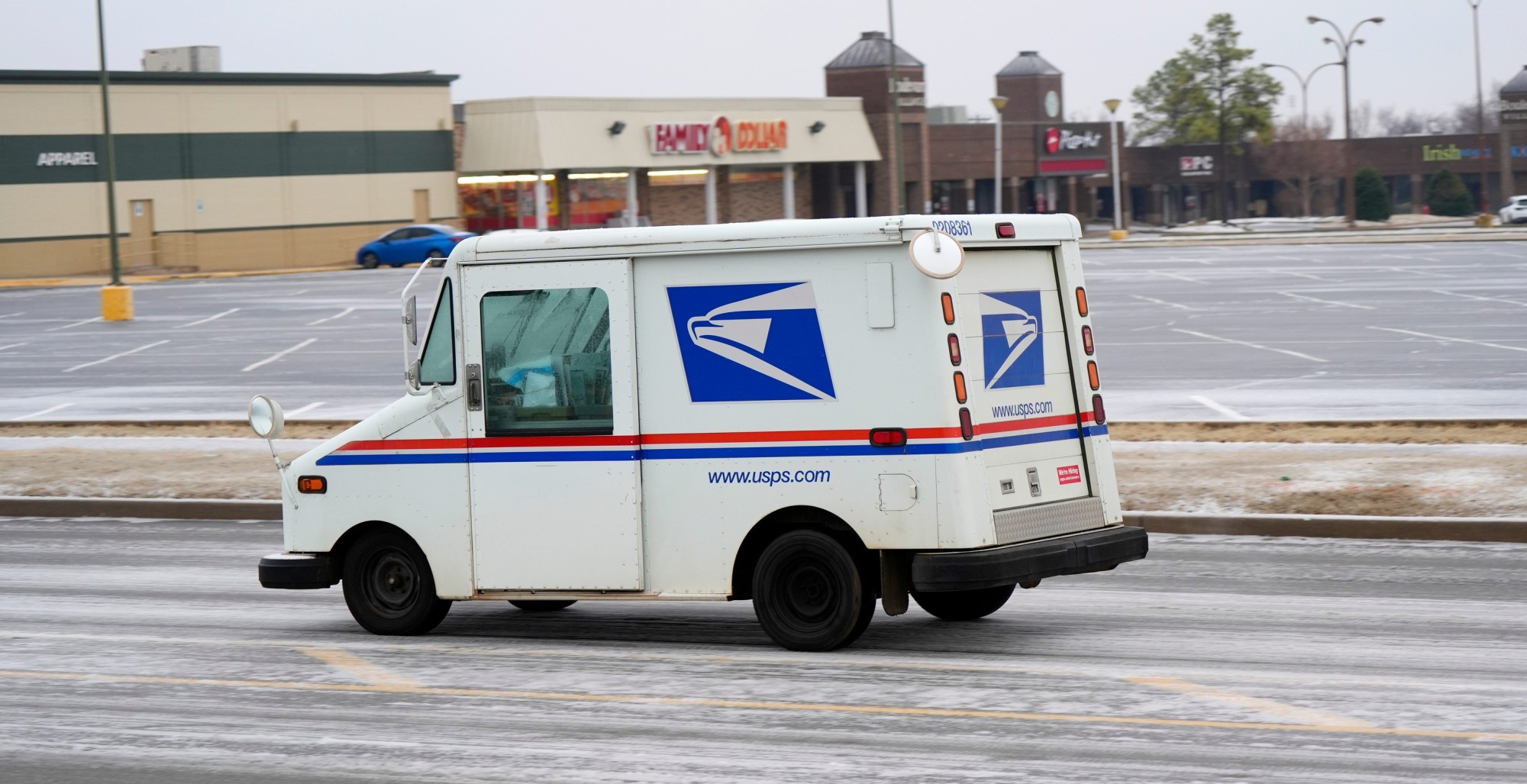
USPS Undergoes Major Changes as Trump Administration Pushes for Efficiency
The United States Postal Service is implementing significant operational changes as part of the Trump administration's broader initiative to reduce federal spending and boost efficiency. These modifications, which took effect on April 1, are components of the decade-long "Delivering for America" plan aimed at saving $36 billion over ten years.President Donald Trump's cost-cutting efforts, spearheaded by billionaire Elon Musk and his Department of Government Efficiency (DOGE), have targeted the USPS despite its status as an independently operating and self-funded agency. DOUG HOKE/THE OKLAHOMAN / USA TODAY NETWORK via Imagn Images
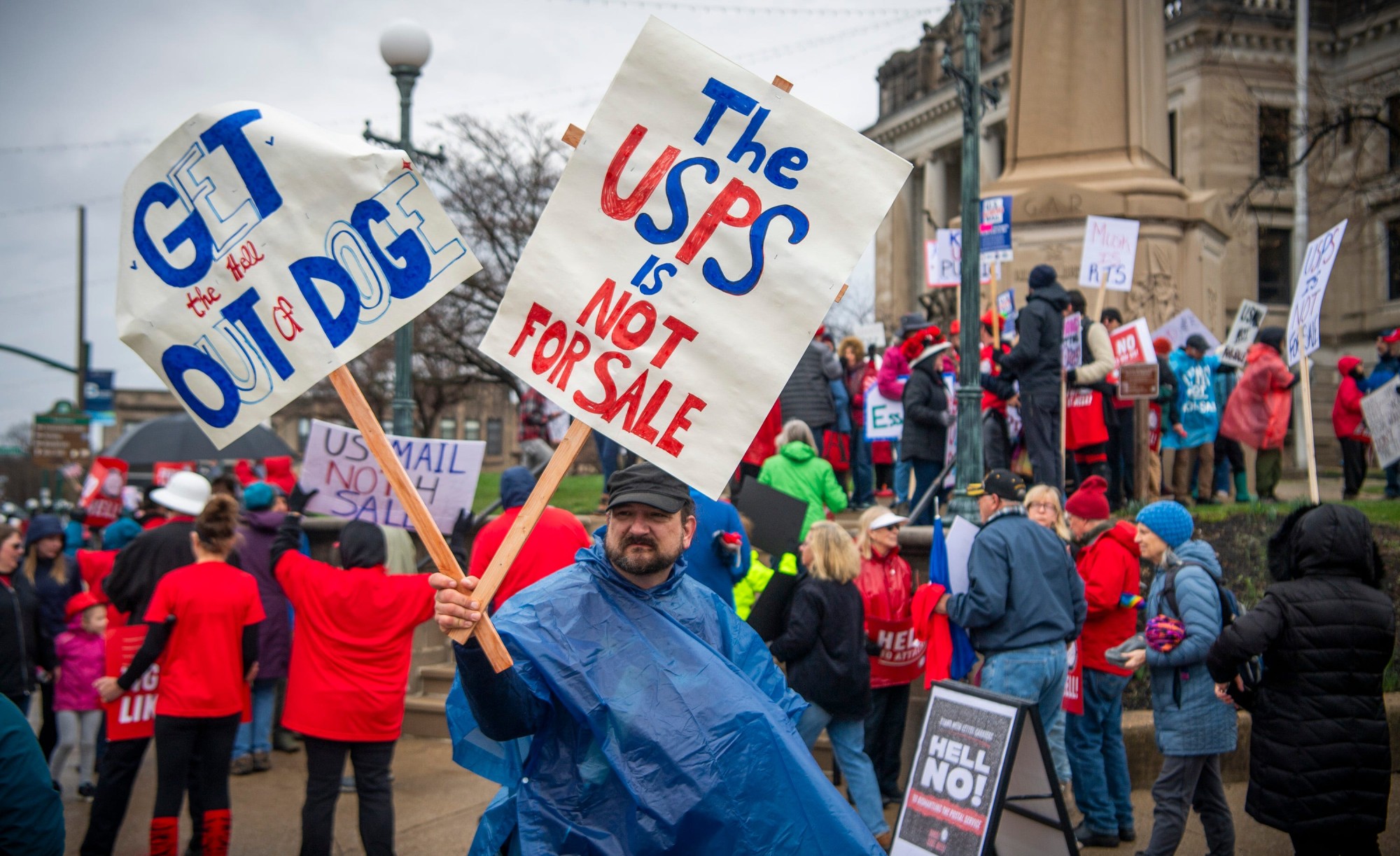
Delivering Dissent: Postal Workers Protest Overhaul Plans
The transformation includes workforce reductions, introducing electric delivery vehicles to replace aging trucks, and adjusting delivery timelines for many rural customers.These changes come amid growing opposition from postal workers and advocates who are protesting service reductions. Rich Janzaruk/Herald-Times / USA TODAY NETWORK via Imagn Images
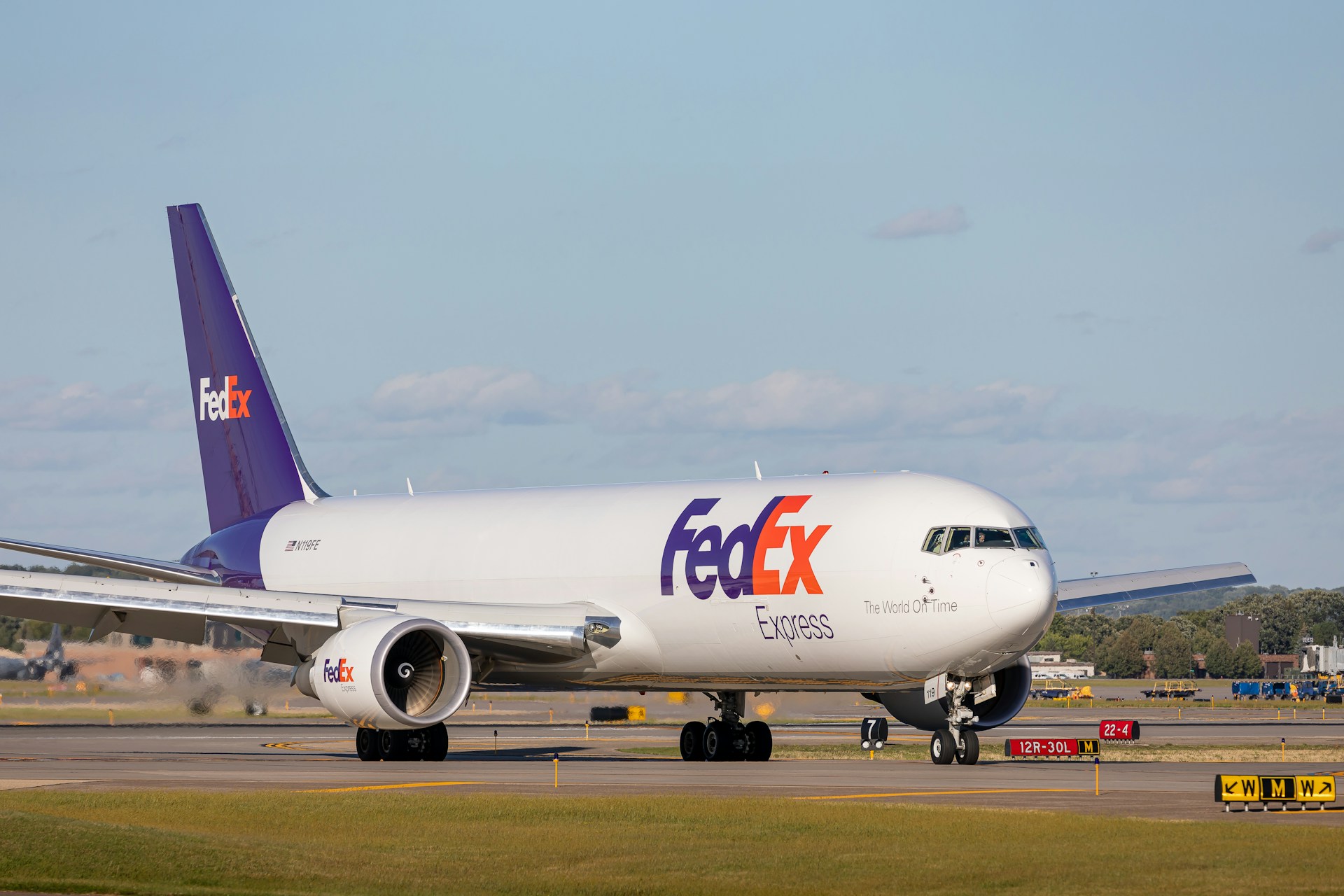
USPS Struggles Amid Digital Shift and Private Carrier Competition
The United States Postal Service, which predates the country itself, delivers mail to 165 million addresses six days weekly. While technically independent, Congress maintains significant oversight of the agency.Critics advocating for postal reform point to challenges posed by declining letter mail volumes as Americans increasingly communicate digitally. In the previous year, the service processed over 116 billion mail pieces, with a substantial portion being presorted materials and advertisements often considered "junk mail."
The postal service reported a $9.5 billion loss last year, facing stiff competition from private carriers like FedEx and UPS in the parcel delivery market. Nick Morales / Unsplash
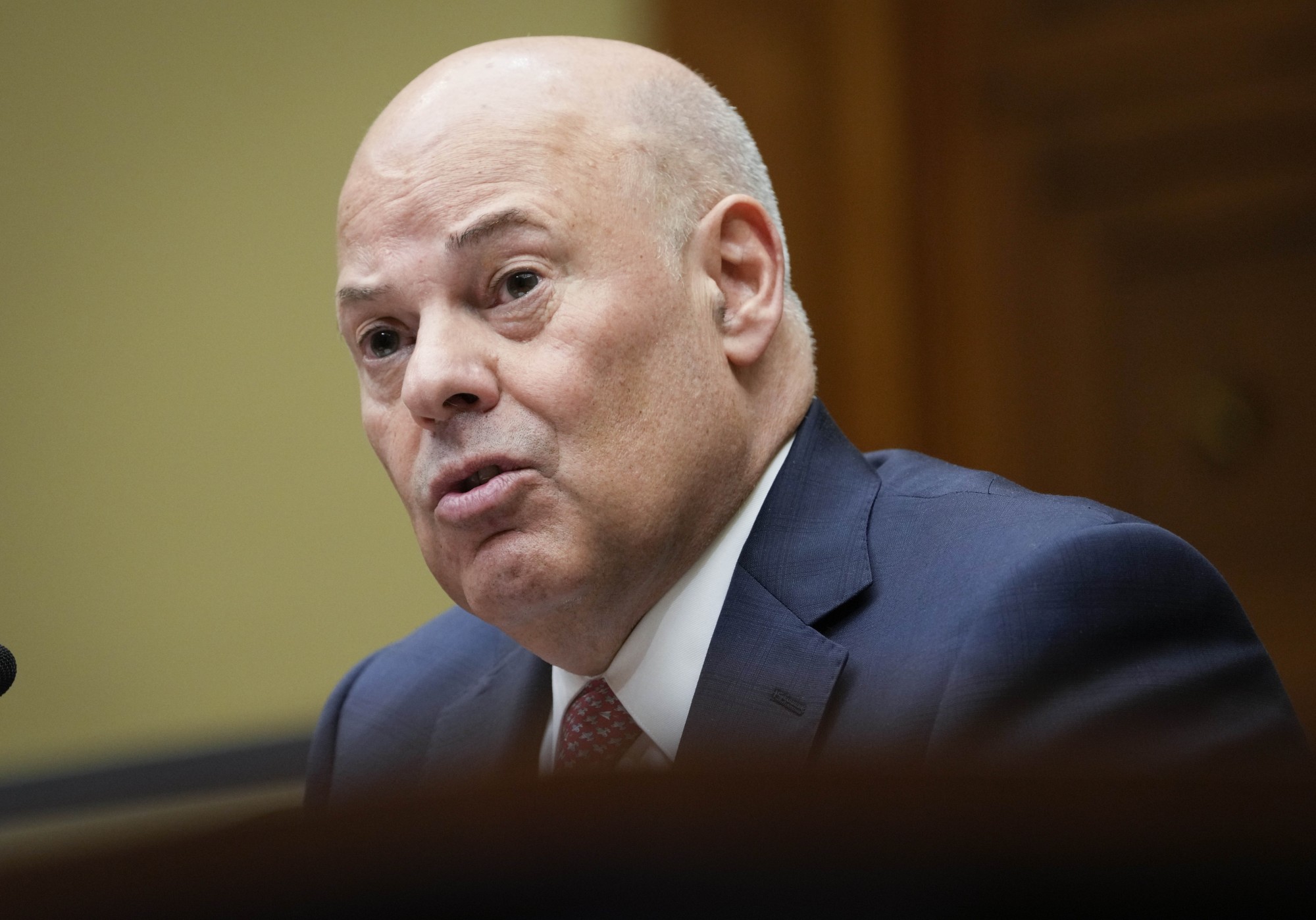
Leadership Changes and Job Cuts
Postmaster General Louis DeJoy resigned after finalizing an agreement in March with Musk's Department of Government Efficiency. DeJoy stated that the partnership with DOGE, which has been aggressively reducing federal spending to eliminate waste, will "assist us in identifying and achieving further efficiencies."This arrangement followed the USPS's January announcement of a voluntary early retirement initiative expected to eliminate approximately 10,000 positions. Employee compensation constitutes over 75% of the postal service's budget, though these job reductions represent only a 1.5% decrease in its workforce of roughly 635,000.
According to the American Postal Workers Union, employees opting for early retirement can receive a one-time $15,000 incentive paid in two installments.
DeJoy, who was appointed during Trump's first administration, told Congress that DOGE would facilitate a "historic level of transformational change" by lowering expenses. Jack Gruber-USA TODAY
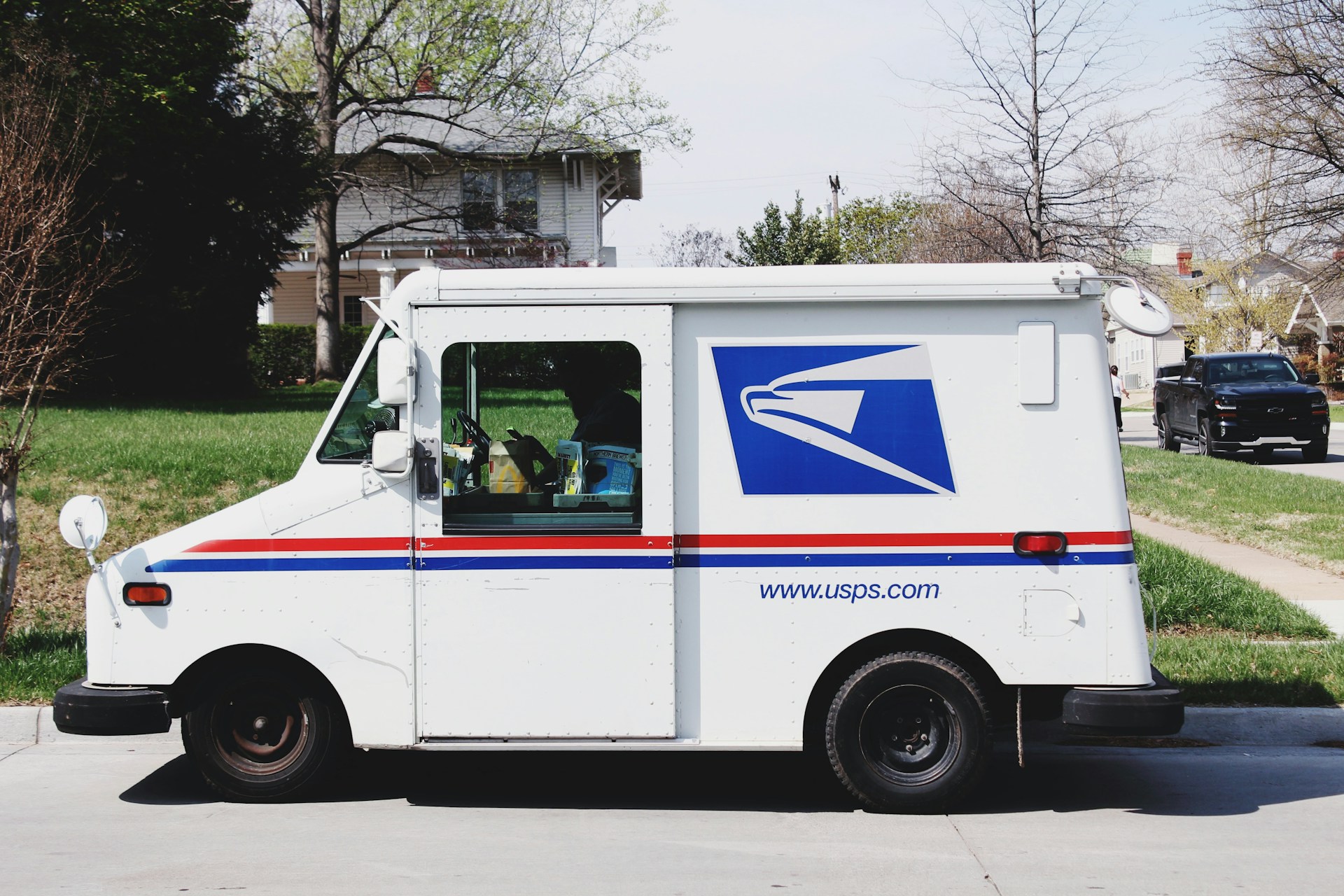
Impact on Mail Delivery
The April changes affect millions of customers nationwide. While designed to enhance efficiency and reduce costs, some customers may experience slower delivery times.According to USPS, service standards are being "refined" for first-class mail, periodicals, marketing mail, package services (including bound printed matter, media mail, and library mail), USPS Ground Advantage, Priority Mail, and Priority Mail Express.
First-class mail delivery is still expected to take no more than five days, while USPS Ground Advantage will maintain its 2-5 day delivery window. Some postal items such as marketing materials, periodicals, and certain packages might even arrive faster, according to the USPS announcement.
Most customers (75%) should notice no change in their first-class mail delivery. About 14% will see faster service, while 11% will experience slower delivery, though still within the 1-5 day timeframe. Joel Moysuh / Unsplash

Improved Delivery Accuracy: USPS Switches to 5-Digit ZIP Code Pairs
For more precise delivery estimates, USPS now employs 5-digit ZIP code pairs instead of the previous 3-digit ZIP code system. Customers can check expected delivery times between specific ZIP codes using an online map provided by USPS.Additional changes are scheduled to take effect on July 1, with more details to be released closer to that date. GeoJango Maps / Unsplash

Potential Future of USPS
President Trump, who has consistently criticized the USPS for its declining performance, has previously suggested merging it into the Commerce Department."It'll remain the Postal Service, and I think it'll operate a lot better than it has been over the years," Trump said on Feb. 24. "It's been just a tremendous loser for this country."
Musk has proposed privatizing the agency, following models adopted by other countries. This change would likely require congressional approval. The White House / Wikimedia

Concerns for Rural Communities
Unlike the postal service, private delivery companies don't have service obligations requiring delivery to rural or sparsely populated areas—even when unprofitable. Companies like FedEx and UPS can charge premium rates for difficult deliveries in such regions or decline to serve them altogether.These companies typically concentrate their services in more populated, profitable areas. In contrast, the postal service must deliver to virtually every address nationwide, regardless of cost. Some mail carriers even use mules or horses for deliveries to remote locations like Supai, Arizona, a Havasupai tribal village in the Grand Canyon, or employ float planes to reach isolated Alaskan fishing communities.
Under a privatized system, mail service to and from rural areas would likely face delays. Service could become substantially more expensive or potentially cease entirely. Daphne Fecheyr / Unsplash
